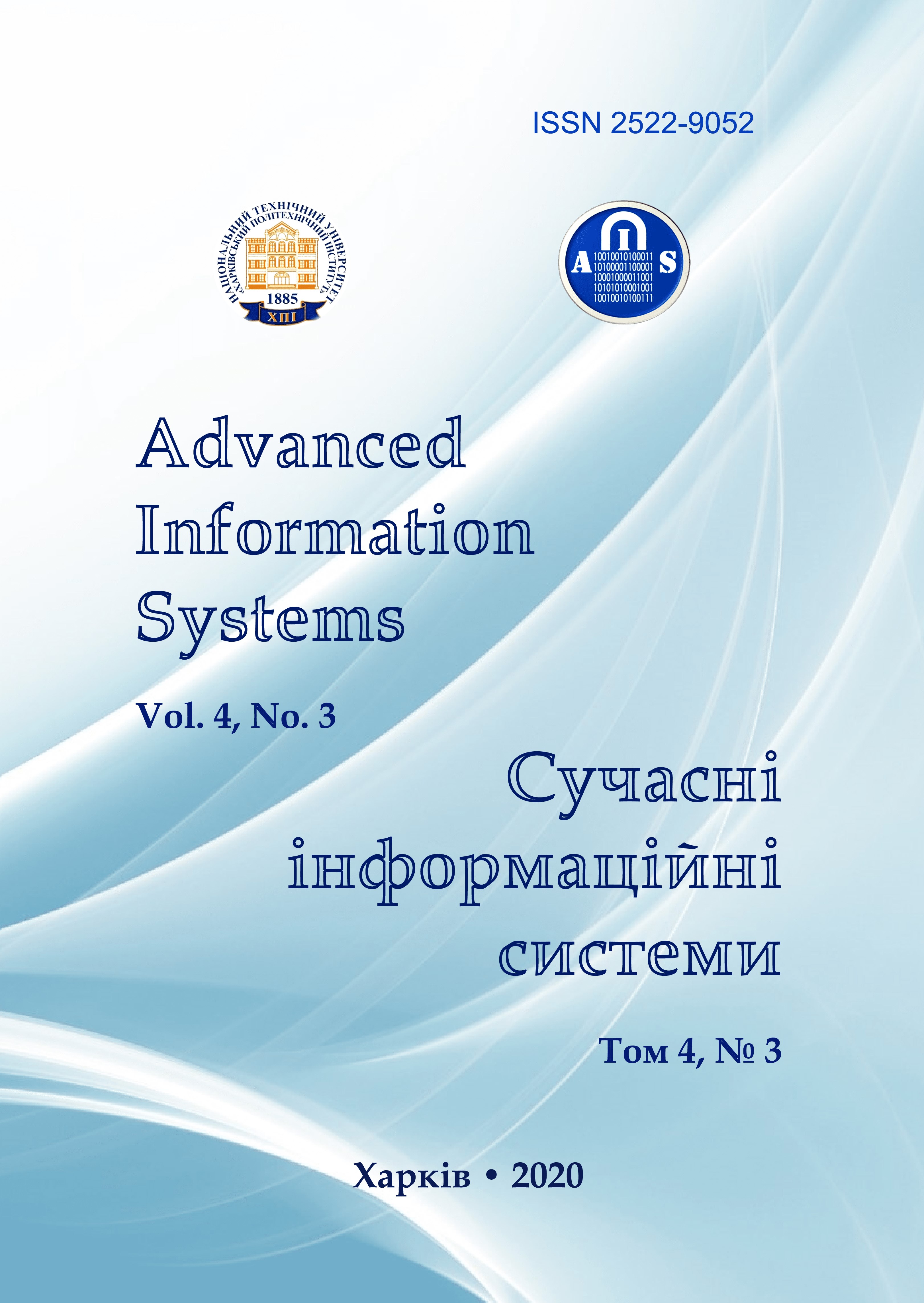THE STUDY OF ENSEMBLE PROPERTIES OF COMPLEX SIGNALS OBTAINED BY TIME INTERVAL PERMUTATION
Main Article Content
Abstract
Article Details
References
Ipatov, V.P. (2007), Spread Spectrum and CDMA. Principles and Applications, Technosphera, Moscow, 488 p., ISBN 978-5-94836-128-4.
Semenikhin, V.S. and Pishkin, I.M. (1990), Land mobile radio, Radio and communications, Moscow, 432 p.
Borisov, V.I. (2003), Interference Protection of radio communication systems, Radio and communications, Moscow, 640 p.
Bernard, Sklar (2003), Communications: Fundamentals and Applications, Publishing house “Williams”, Moscow, 1104 p.
Maksimov, M.V. (1999), Protection from radio interference, Soviet radio, Moscow, 496 p.
Varakin, L.E. (1985), Communication systems with noise-like signals, Radio and communication, Moscow, 384 p.
Stepanenko, Y.G. and Lysechko, V.P. (2009), “Method for determining the period of short video pulses in code sequences based on the Heaviside function approximation”, Weapons systems and military equipment, Vol. 4(20), pp. 170-173.
